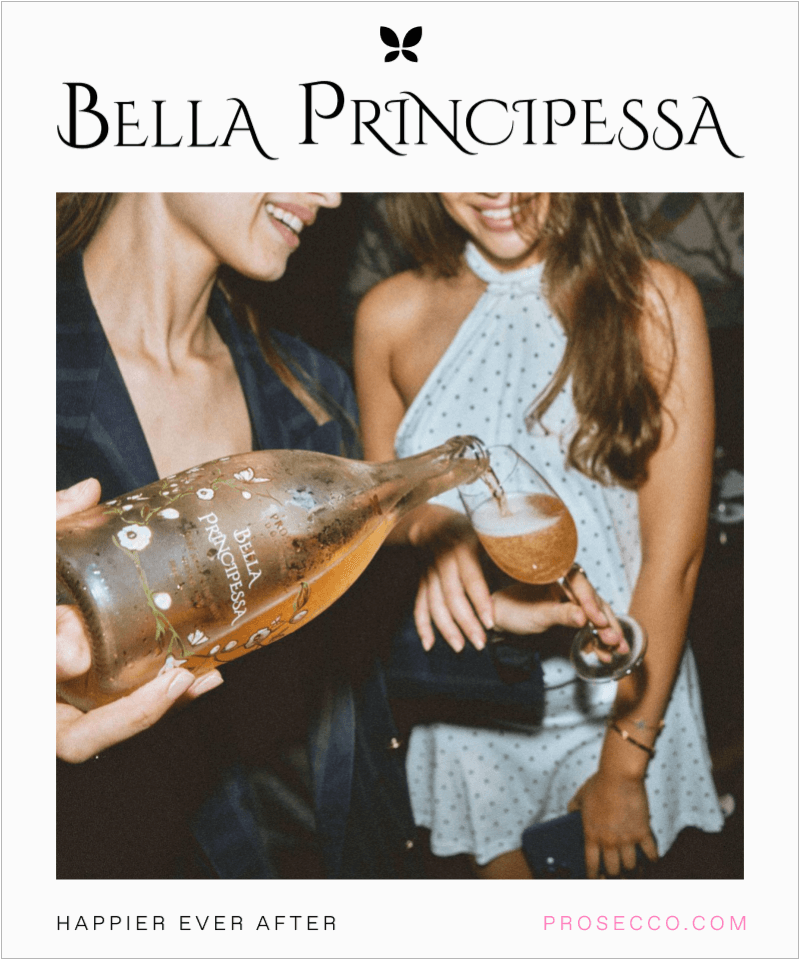The sparkling wine market is a realm of effervescence, elegance, and celebration, dominated by two iconic contenders: Prosecco and Champagne.
These sparkling beverages have carved their own niches, each offering a distinct experience. But which one sells more? Let’s explore the factors influencing the popularity of Prosecco and Champagne in today’s wine world.
Prosecco’s Popularity Surge
Prosecco, hailing from the Veneto region of Italy, has been making waves in recent years. Its popularity can be attributed to several key factors.
1. Affordable Luxury
Prosecco’s accessibility in terms of pricing has endeared it to a wide range of consumers. While it maintains a premium quality, it is often more affordable than its French counterpart, Champagne. This affordability particularly appeals to consumers seeking luxury without breaking the bank.
The average bottle of Prosecco typically retails for between $16 and $30, making it an attractive choice for various occasions, from casual gatherings to grand celebrations.
Brands like Bella Principessa Prosecco embrace this aspect of Prosecco, offering an excellent balance between quality and affordability, making it an ideal choice for everyday indulgence and special moments.
2. Versatility
Prosecco’s versatility is another key driver of its popularity. It pairs wonderfully with various dishes, making it a versatile choice for dining. Its fruity and floral notes, often with hints of green apple and pear, complement various cuisines, from Italian to Asian.
This adaptability has made Prosecco a go-to option for food pairing and social occasions.
3. Light and Refreshing
Prosecco’s character is often described as light, crisp, and refreshing. It tends to be less complex than Champagne, with a more straightforward flavor profile. This makes it appealing to those who appreciate a clean, easy-drinking sparkling wine.
Champagne’s Timeless Prestige
While Prosecco has surged in popularity, Champagne maintains its timeless prestige. Several factors contribute to Champagne’s enduring appeal.
1. Tradition and Heritage
Champagne is deeply rooted in tradition and history, with centuries of winemaking expertise. It carries an air of sophistication and luxury that is hard to match. Champagne is often associated with celebrations, milestones, and toasts to success.
2. Production Method
Champagne’s production method, known as the Traditional Method or Méthode Champenoise, involves a labor-intensive process of secondary fermentation in the bottle. This method contributes to its complexity and depth of flavor. The meticulous craftsmanship behind Champagne production is one of the reasons it commands a premium price.
3. Prestigious Brands
Champagne is home to some of the world’s most renowned and prestigious wine brands. Names like Dom Pérignon, Krug, and Veuve Clicquot are synonymous with luxury and excellence. These brands have a global following and a dedicated clientele.
The Sales Battle
So, what sells more, Prosecco or Champagne? The answer lies in the current market trends. In 2022, Prosecco’s sales experienced a remarkable 26% growth, while Champagne sales declined by 6%. This shift can be attributed to various factors, including Prosecco’s more affordable price point, versatility, and accessibility.
Brands like Bella Principessa Prosecco have played a significant role in this trend by offering a quality Prosecco experience at an attractive price.
In summary, Prosecco’s recent surge in popularity, driven by its affordability and versatility, has positioned it as a favorite among consumers in the sparkling wine market.
While Champagne continues to hold its timeless prestige and heritage, Prosecco’s accessibility and modern appeal have made it the choice of many. The battle between Prosecco and Champagne in terms of sales ultimately reflects the evolving preferences of today’s wine enthusiasts.











